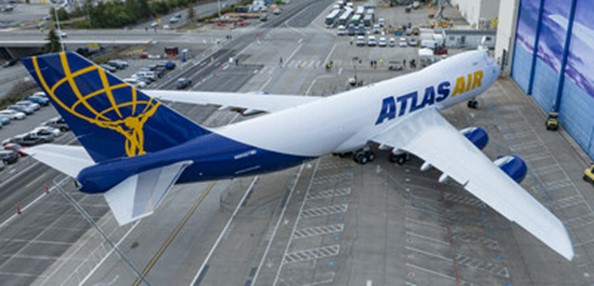
Atlas Air New B747 – Photo: Boeing
Boeing delivered the final 747 to Atlas Air, which will operate for Kuehne+Nagel affiliate Apex Logistics. Sadly, the 55-year production run of the Queen of the Skies in Everett, Washington, United States, has ended. Throughout that time, 1,574 units were produced.
At a ceremony held at its manufacturing plant, Apex Logistics was presented with a Boeing 747-8F in the presence of current and past employees, customers, and suppliers.
When the Boeing 747 departed Portland International Airport’s paint shop, aviation fans were particularly upset over the lack of a unique commemorative marking for the aircraft’s 50-decade-long manufacturing cycle).
On the front right side of the plane, however, a sticker bearing the words “Forever Incredible” was placed in the memory of the late Joe Sutter, regarded as the inventor of the Boeing 747.
The Boeing 747 has remained one of the most popular wide-body aircraft in the history of commercial aviation, even though the latest version of the 747, the -8F and -8I (Intercontinental), was not particularly successful.
The 747-8 made its first commercial flight on October 12, 2011, and Boeing announced the last iteration of the 747 in 2005. The aeroplane made its debut just as the globe was emerging from the Global Financial Crisis (GFC), with freight volumes still trailing 2008 levels.
Additionally, airlines and travellers started to move away from hub-based travel in favour of direct, point-to-point flights that would do away with the need for big planes like the 747 and Airbus A380.
The two manufacturers delivered 407 aircraft, divided into 156 747-8 and 251 A380s, including the final Queen of the Skies, to Atlas Air.
According to Boeing’s Orders and Deliveries statistics, passenger manufacture of the 747-8 ended in 2017, with a few 747s being delivered to undisclosed customers between 2017 and 2021. The company shipped 1,300 passenger versions of the Queen of the Skies, including Combi variations, and 274 freighters during its 55-year production run.
The double-decker was credited with enabling even more passengers to traverse the world when it made its debut with Pan Am in January 1970 because economies of scale reduced the overall seat prices for airlines. In turn, the cost of the tickets dropped.
The Boeing 747 was initially intended to be something other than a mainstay of the manufacturer’s product range. Engineers and designers anticipated that the 747 would eventually become a cargo-only aircraft during the supersonic transport (SST) frenzy, while the Boeing 2707, a supersonic jet, would compete with Concorde in the new class of aircraft.
A financial crisis and government worries about noise and pollution, notably the impacts of sonic booms, caused 2707 to be cancelled, allowing the Boeing 747 to reign for more than five decades.
With more than 1,700 deliveries as of December 31, 2022, and another 303 planes in the subsequent backlog, the Boeing 777, which made its commercial debut with United Airlines in June 1995, has emerged as the most popular wide-body aircraft.
Because the maker is now working on the most recent version of Air Force One, the US Presidential aircraft, two highly exceptional Boeing 747 aeroplanes have yet to be delivered.
The company used two unutilised airframes, modified according to US Air Force specifications. At Boeing’s facilities, the two jumbo planes are being converted into VC-25B aircraft, with the first one due for delivery in September 2026.
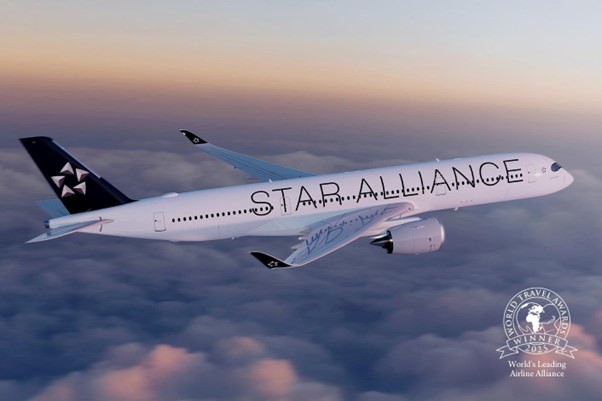 Star Alliance Named World’s Leading Airline Alliance for 2025 at World Travel Awards
Star Alliance Named World’s Leading Airline Alliance for 2025 at World Travel Awards 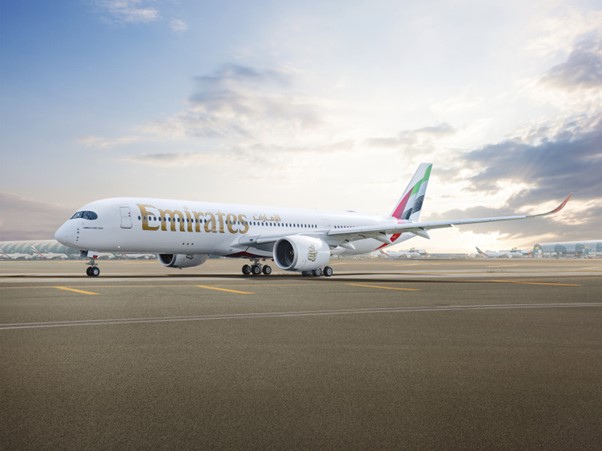 Emirates Ends 2025 on a High with Five World Travel Awards and Over 20 Global Honours
Emirates Ends 2025 on a High with Five World Travel Awards and Over 20 Global Honours  Qantas Unveils New Auckland International Lounge Ahead of Holiday Rush
Qantas Unveils New Auckland International Lounge Ahead of Holiday Rush 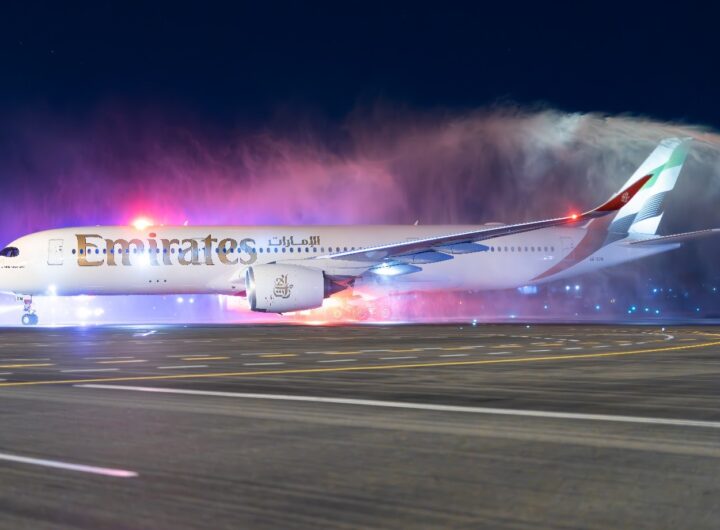 Emirates A350 Debuts in Adelaide with New Premium Economy, Boosting Connectivity and Comfort to Dubai
Emirates A350 Debuts in Adelaide with New Premium Economy, Boosting Connectivity and Comfort to Dubai  Qantas Elevates A380 First Class with New Fine Dining, Aesop Amenity Kits and Bollinger Champagne
Qantas Elevates A380 First Class with New Fine Dining, Aesop Amenity Kits and Bollinger Champagne 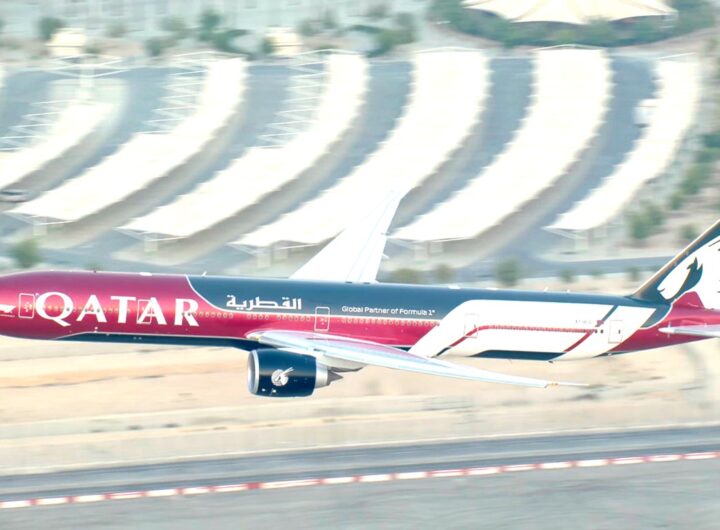 Qatar Airways’ New Formula 1 Livery Takes Off: Swizz Beatz–Designed Boeing 777 Tours the World After Qatar Grand Prix Debut
Qatar Airways’ New Formula 1 Livery Takes Off: Swizz Beatz–Designed Boeing 777 Tours the World After Qatar Grand Prix Debut  Stray Nomad 2025: A Year in Review
Stray Nomad 2025: A Year in Review 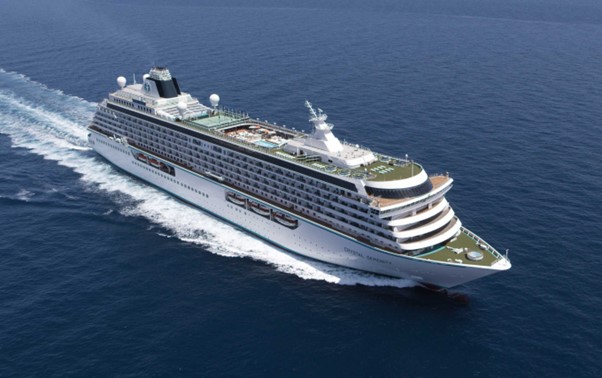 Crystal Serenity Unveils 2028 Amazon, Caribbean and Azores Voyages
Crystal Serenity Unveils 2028 Amazon, Caribbean and Azores Voyages 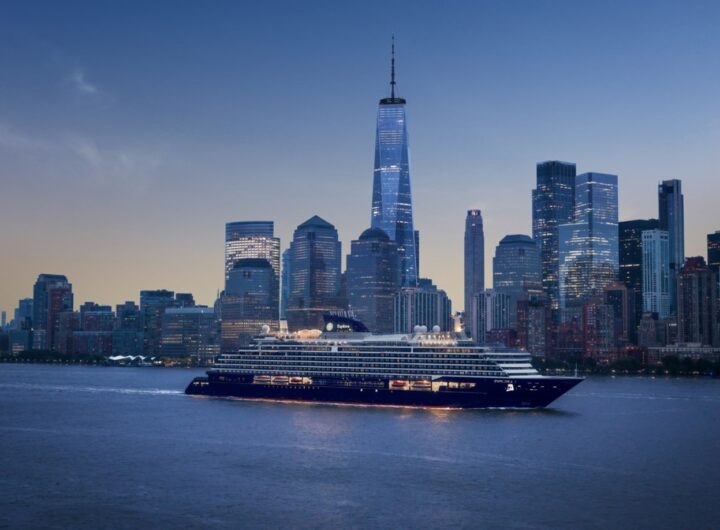 Explora Journeys and Hilton Unite for a New Era of Luxury Ocean Travel with Launch of Hilton Honors Adventures
Explora Journeys and Hilton Unite for a New Era of Luxury Ocean Travel with Launch of Hilton Honors Adventures 